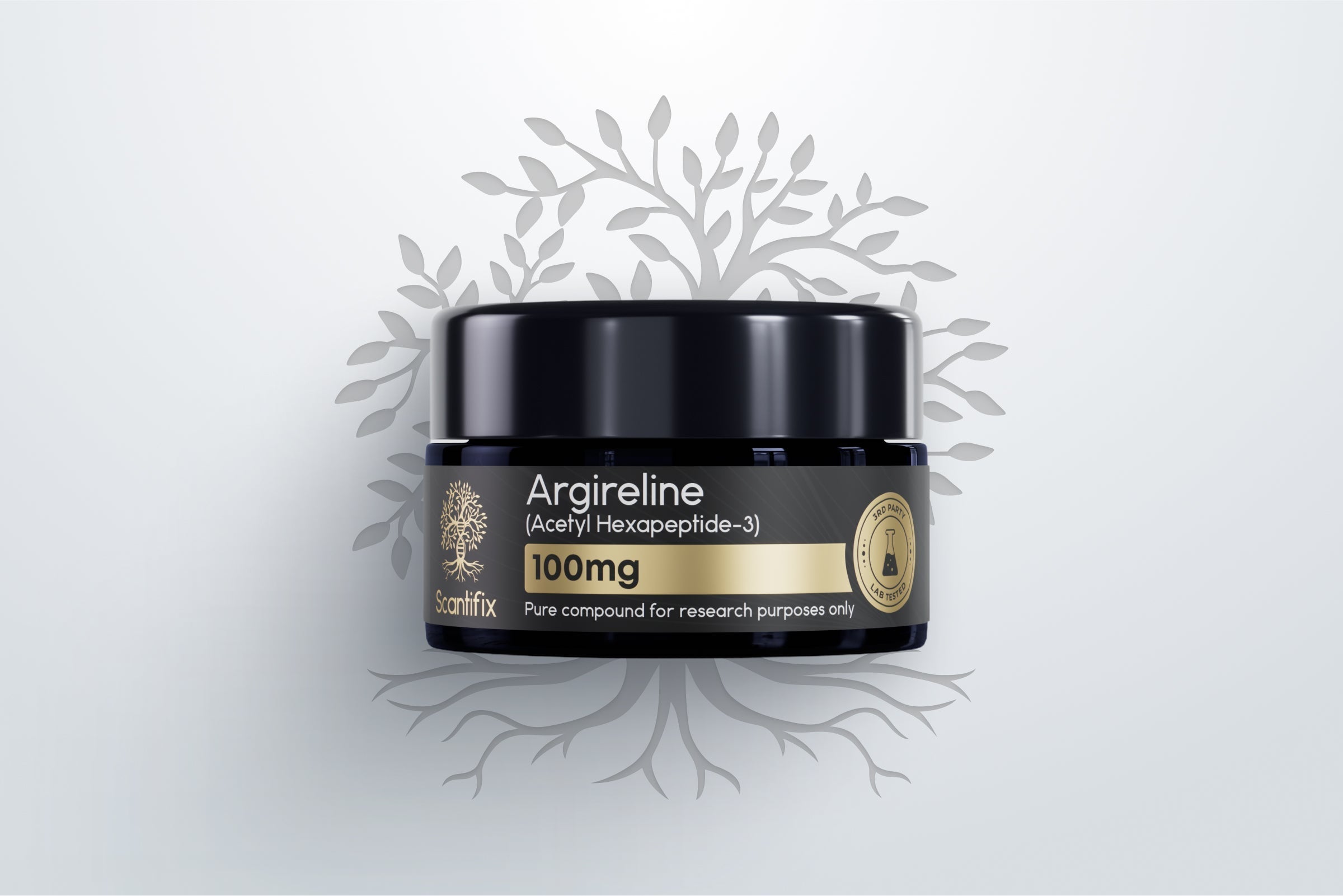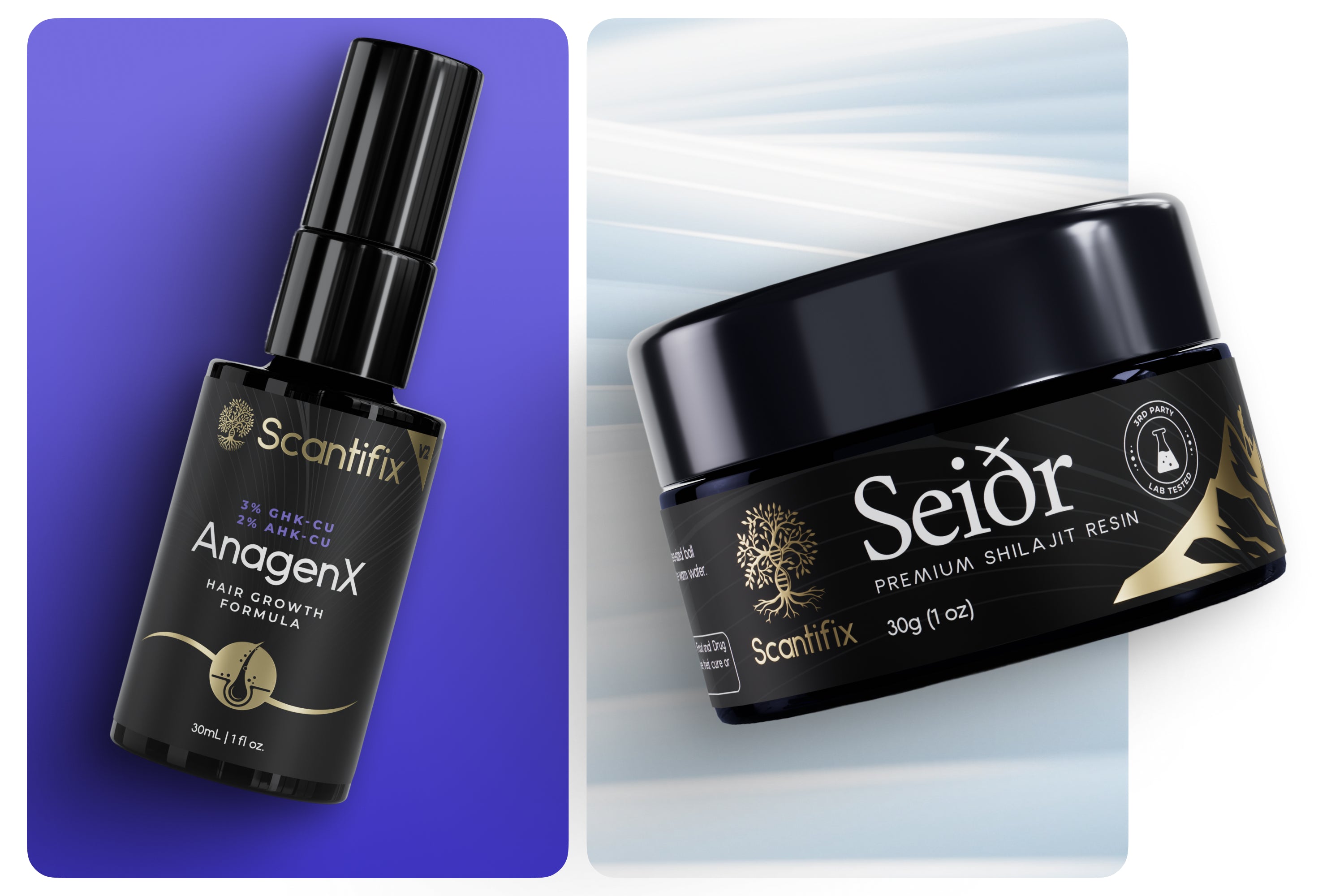You brush, you floss, maybe you rinse, but are you protecting the good bacteria in your mouth?
Science now shows that the traditional approach of scrubbing and eliminating germs can sometimes do more harm than good. Your oral microbiome, the trillions of bacteria living in your mouth, plays a vital role in keeping your teeth strong and your enamel protected (Rajasekaran et al., 2024).
A balanced oral microbiome helps defend against acid attacks, supports enamel remineralization, and prevents harmful bacteria from taking over (Takahashi, 2015). New innovations in oral care, including our own post-brushing treatment, Dental Matrix, are designed to nurture this microbial balance while strengthening enamel at the structural level.
In this blog, we’ll explore how your oral microbiome and enamel health are connected, how to support both, and how microbiome-friendly products are shaping a smarter future in science-driven oral care.
What Is the Oral Microbiome?
Think of your mouth as its own ecosystem. Your teeth, gums, tongue, and saliva host more than 700 species of bacteria, along with viruses, fungi, and other microbes (Dewhirst et al., 2010). This community is known as the oral microbiome.
That might sound alarming, but many of these microbes are actually beneficial. In a balanced state, they help regulate pH in the mouth, compete with pathogenic bacteria, and support your immune system, which creates favorable conditions for enamel health (Belda‑Ferre et al., 2012). Just like the gut microbiome supports digestion and whole-body health, the oral microbiome helps maintain balance and resilience in your mouth.
When that balance is disrupted by excess sugar, acidic foods, poor hygiene, or even the overuse of strong antimicrobial products, harmful bacteria can take over. This state, known as dysbiosis, is a key factor in enamel erosion, tooth decay, and gum inflammation (Zhang et al., 2022).
How the Oral Microbiome Affects Your Enamel
Let’s focus on the enamel, the hard, outer layer of your teeth. It’s your first line of defense against cavities, wear, and sensitivity. But enamel is not indestructible.
Here’s what happens: Acid-producing bacteria like Streptococcus mutans metabolize sugars from your diet and release acid. This acid lowers the pH in your mouth, causing enamel to lose essential minerals in a process called demineralization. If the acidic environment continues, enamel becomes porous, weakened, and more prone to decay (Takahashi & Nyvad, 2011).
A healthy oral microbiome helps reduce the number of acid-producing bacteria, stabilizes oral pH, and limits the ability of harmful microbes to adhere to tooth surfaces and form plaque. When the microbial community is in balance, your enamel is better protected and more capable of natural repair (Marsh, 2006).
How to Support the Oral Microbiome and Protect Enamel
Oral care is shifting from simply removing plaque to supporting the biological systems that naturally defend your teeth. Here are three ways to do that:
Eat for a Healthy Mouth
A microbiome-friendly diet starts with limiting sugar and acidic drinks that feed harmful bacteria. Fibrous fruits and vegetables help stimulate saliva production, which buffers acids and supports beneficial microbes. Staying hydrated also plays a critical role (Rosier et al., 2017). Early research suggests that some prebiotic fibers may even help feed helpful oral bacteria, just as they do in the gut (Yu et al., 2024).
Gentle, Effective Oral Hygiene
Brushing and flossing remain essential, but more is not always better, especially when it comes to antibacterial rinses. Strong mouthwashes can disrupt microbial balance by eliminating both harmful and helpful species (Bescos et al., 2020). Focus on brushing gently and consistently, and avoid drying out your mouth with alcohol-based products. Supporting natural defenses like saliva is a smarter long-term strategy for both microbial and enamel health.
Targeted Topical Treatments
Even after brushing, your mouth remains active: pH levels shift, enamel remains vulnerable, and biofilms begin to form again. That’s where targeted, topical, oral treatments can be beneficial.
These post-brushing formulas are designed to:
-
- Reinforce enamel in areas prone to mineral loss
- Moderate the growth of harmful bacteria
- Maintain microbial balance without disturbing helpful species
They are typically gentle, pH-friendly, and suitable for daily use. They work in cooperation with your body’s natural defenses instead of stripping away microbes.
One such treatment, Dental Matrix, is a microbiome-friendly enamel treatment developed to support oral health at the biological level.
How Dental Matrix Supports the Oral Microbiome and Enamel Strength
Dental Matrix is a fluoride-free, post-brushing treatment designed to complement your existing oral hygiene routine. Its formula supports microbial balance while helping enamel recover from early mineral loss.
Microbiome-Supportive Ingredients
-
- Xylitol – A natural sugar alcohol that interferes with the metabolism of acid-producing bacteria. By reducing their energy source, it helps limit the acid production that erodes enamel (Tunes et al., 2024).
- Coconut Oil – Rich in lauric acid, it provides gentle antimicrobial support. It helps reduce harmful species like S. mutans while preserving beneficial microbes (Pardiñas López et al., 2025).
- Peppermint Oil – Refreshes the mouth and delivers light antimicrobial activity. Studies suggest it may support microbial balance instead of wiping out the oral microbiome (Abdelrahman et al., 2024).
- Nano-hydroxyapatite (nHAp) – Primarily known for remineralization, it also reduces bacterial adhesion. This helps prevent plaque buildup and supports microbial moderation (Luo et al., 2020).
Together, these ingredients help shift the oral environment toward a more stable and less acidic state. This makes it easier for enamel to repair and for helpful microbes to thrive.
Built for Biological Remineralization
In addition to supporting microbial health, Dental Matrix delivers bioavailable minerals and peptide scaffolds that help repair enamel from within.
Nano-hydroxyapatite (nHAp) mimics the natural mineral structure of teeth. These ultra-small particles bind directly to enamel and fill in microscopic defects. The result is a smoother, stronger surface and reduced sensitivity. Unlike fluoride, which acts mainly on the outermost layer, nHAp has been shown to penetrate deeper into enamel microstructures and support remineralization (Amaechi et al., 2019).
Oligopeptide-104 (Enamelix®) is a self-assembling peptide that forms a protein matrix inside porous enamel. This scaffold helps guide calcium and phosphate into areas of mineral loss, encouraging natural remineralization. Clinical trials suggest this peptide may outperform fluoride in reversing early decay (Klimaitė et al., 2025).
Nano-hydroxyapatite and Oligopeptide-104 strengthen enamel through the same biological processes your body uses to repair itself, creating a healthier and more resilient foundation over time.
Final Thoughts: Healthy Balance, Stronger Teeth
Oral health is evolving. The idea of scrubbing harder and eliminating as much bacteria as possible is outdated. Meaningful oral health is about understanding how your body protects itself and working with that system.
A balanced oral microbiome supports lower acid levels, stronger enamel, and better resilience overall. And when you give your enamel the right ingredients, you create the conditions for noticeable, lasting repair.
Dental Matrix is built for this approach. It’s a clean, microbiome-conscious, science-backed post-brushing treatment that helps support your mouth’s natural systems. The result is stronger enamel, improved comfort, and better balance. The best oral care isn’t about stripping your mouth clean. It’s about gently helping it do what it biologically does best.
Resources:
Abdelrahman, S. M., et al. (2024). Effects of mint oils on the human oral microbiome: A pilot study. Microorganisms, 12(8), 1538. https://doi.org/10.3390/microorganisms12081538
Amaechi, B. T., et al. (2019). Comparative efficacy of a hydroxyapatite and a fluoride toothpaste for prevention and remineralization of dental caries in children. BDJ Open, 5, 18. https://doi.org/10.1038/s41405-019-0026-8
Belda‑Ferre, P., Williamson, J., Simón‑Soro, A., Cabrera‑Rubio, R., Mira, A., & Knight, R. (2012). The human oral metagenome in health and disease. The ISME Journal, 6(1), 46–56. https://doi.org/10.1038/ismej.2011.85
Bescos, R., Ashworth, A., Cutler, C., Brookes, Z. L., Belfield, L., Rodiles, A., Casas-Agustench, P., Farnham, G., &
White, D. (2020). Effects of chlorhexidine mouthwash on the oral microbiome. Scientific Reports, 10, 5254. https://doi.org/10.1038/s41598-020-61912-4
Klimaitė, G., et al. (2025). The efficacy of remineralizing materials on artificial enamel lesions: An in vitro study. Medicina, 61(3), Article 462. https://doi.org/10.3390/medicina61030462
Luo, D., Li, J., Liu, Q., Xu, T., Tao, S., & Wang, Y. (2020). The effect of disaggregated nano-hydroxyapatite on oral biofilm in vitro. Dental Materials, 36(6), 806–815. https://doi.org/10.1016/j.dental.2020.04.005
Marsh, P. D. (2006). Dental plaque as a biofilm and a microbial community – implications for health and disease. BMC Oral Health, 6(Suppl 1), S14. https://doi.org/10.1186/1472-6831-6-S1-S14
Pardiñas López, S., Suárez Quintanilla, D., Blanco Carrión, J., Sánchez Barreiro, F., & González Vázquez, R. (2025). Anti-inflammatory and antimicrobial efficacy of coconut oil for periodontal pathogens: A triple-blind randomized clinical trial. Clinical Oral Investigations, 29(4), 1021–1030. https://doi.org/10.1007/s00784-025-06267-8
Rajasekaran, J. J., Arumugam, P., Shanmugam, A., & Kannan, S. (2024). Oral microbiome: A review of its impact on oral and systemic health. Microorganisms, 12(9), 1797. https://doi.org/10.3390/microorganisms12091797
Rosier, B. T., Marsh, P. D., & Mira, A. (2017). Resilience of the oral microbiota in health: mechanisms that prevent dysbiosis. Journal of Dental Research, 97(4), 371–380. https://doi.org/10.1177/0022034517742139
Takahashi, N. (2015). Oral microbiome metabolism: From “who are they?” to “what are they doing?”. Journal of Dental Research, 94(12), 1628–1637. https://doi.org/10.1177/0022034515606045
Takahashi, N., & Nyvad, B. (2011). The role of bacteria in the caries process: ecological perspectives. Journal of Dental Research, 90(3), 294–303. https://doi.org/10.1177/0022034510379602
Tunes, A., et al. (2024). Impact of xylitol chewing gum on levels of oral Streptococcus mutans: A systematic review. Romanian Journal of Stomatology. https://doi.org/10.37897/RJS.2024.3.13
Yu, X., Devine, D. A., & Vernon, J. J. (2024). Manipulating the diseased oral microbiome: the power of probiotics and prebiotics. Journal of oral microbiology, 16(1), 2307416. https://doi.org/10.1080/20002297.2024.2307416
Zhang, J. S., Chu, C. H., & Yu, O. Y. (2022). Oral Microbiome and Dental Caries Development. Dentistry journal, 10(10), 184. https://doi.org/10.3390/dj10100184






Leave a comment
All comments are moderated before being published.
This site is protected by hCaptcha and the hCaptcha Privacy Policy and Terms of Service apply.